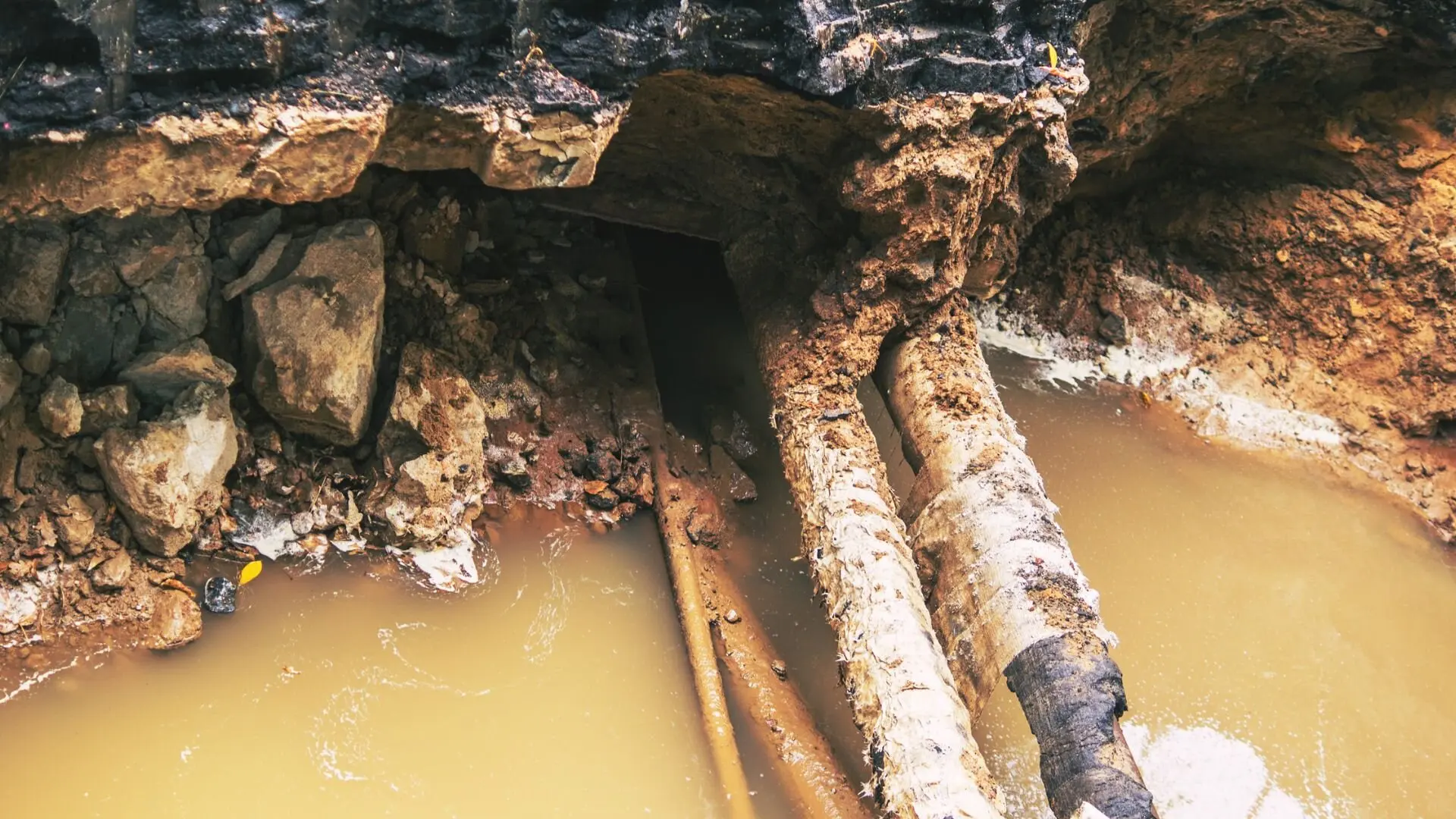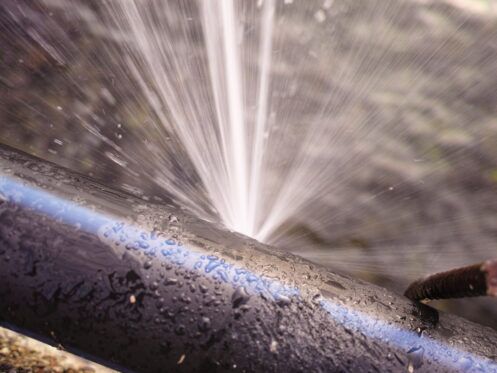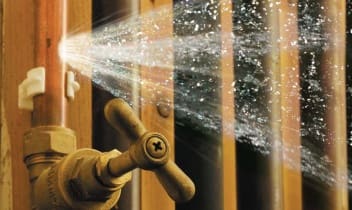Protecting Against Ruptured Pipes: Essential Tips to Safeguard Your Plumbing
Preventing burst pipes is a critical worry for home owners, particularly throughout colder months when the danger of cold is enhanced. Implementing tactical actions such as correct insulation, routine examinations, and preserving consistent indoor temperature levels can dramatically reduce the probability of pipeline failing.
Understand Pipe Vulnerabilities
Understanding pipe vulnerabilities is necessary for reliable plumbing upkeep and preventing pricey damage. A number of aspects add to the vulnerability of pipes to bursts, including product composition, age, and environmental conditions. Older pipelines, especially those made from galvanized steel or polybutylene, typically break down in time, bring about increased risk of leakages and tears.
Temperature changes can likewise substantially effect pipeline integrity. In colder environments, water caught in pipes can ice up, broadening and putting in pressure on the pipeline walls, which may ultimately lead to a ruptured. High water pressure can strain pipelines, particularly at bends and joints, increasing the possibility of failure.

Insulate Water Lines Effectively
Correct insulation of pipes is crucial for stopping cold and succeeding bursts during chilly climate (burst pipe). Shielding your plumbing system efficiently safeguards against temperature drops that can bring about pricey damages. Begin by determining susceptible areas where pipelines are exposed to outdoor temperature levels, such as cellars, attic rooms, and outside wall surfaces
Use foam pipe insulation sleeves or cover insulation tape around these locations to offer a protective barrier. Guarantee that all sections of the pipes, particularly those with limited heat exposure, get appropriate insulation. Pay unique attention to joints and installations, as these are a lot more at risk to freezing.
When protecting, it's vital to choose materials that satisfy regional building codes and are appropriate for the specific environment. For example, fiberglass insulation is often advised for its thermal resistance properties - burst pipe. Furthermore, consider utilizing warmth cords or tape in severe problems, which can be plugged in to provide supplementary warmth
Regularly evaluate insulated pipelines for any kind of indications of wear or damages, as compromised insulation can lessen its performance. By taking these aggressive measures, you substantially decrease the risk of pipeline bursts, guaranteeing a dependable pipes system throughout the winter season.
Maintain Constant Temperature Level
A secure indoor temperature level is essential for avoiding ruptured pipelines throughout the frigid months. When temperatures decline, water within pipes can freeze, expanding and creating stress that might eventually create the pipelines to ruptured. To minimize this threat, house owners must preserve a constant temperature level throughout their space, ideally no lower than 55 ° F(13 ° C)Making use of a programmable thermostat can help handle indoor temperature levels properly, making sure that spaces with plumbing remain cozy even when your house is unoccupied. Pay unique interest to locations that are a lot more susceptible to cold, such as basements, attics, and garages. Keeping cupboard doors open under sinks can likewise allow warmer air from the home to flow around pipes.
Additionally, it is prudent to enable faucets to trickle somewhat throughout severe cold spells. This small flow of water can avoid cold by alleviating stress within the pipelines. Furthermore, during particularly extreme climate events, take into consideration temporarily suspending any type of nighttime troubles on your thermostat to preserve a constant cozy environment. By applying these methods, property owners can substantially lower the threat of pipe bursts and safeguard their plumbing systems against the severe winter season aspects.
Regularly Inspect Plumbing
Regular assessments of pipes systems are crucial for avoiding burst pipelines and preserving overall home stability. Regular checks allow house owners to determine potential problems before they escalate into costly repair work or major water damages. During these inspections, it is important to check out noticeable pipelines for indicators of deterioration, leaks, or wear. Pay unique interest to areas prone to cold, such as cellars, attics, and outside wall surfaces.
Furthermore, checking links and joints is vital, as these points are often at risk to leaks. Property owners need to additionally assess water pressure levels, as excessive pressure can strain the pipes system and increase the threat of pipe bursts.
Take into consideration scheduling expert pipes examinations at the very least once a year, especially prior to winter months, to guarantee your system is planned for cooler temperature levels. Normal assessments not just help in determining instant issues yet also foster long-lasting upkeep methods that can enhance the life-span of your plumbing system. By being aggressive in your method, you can secure your home against the turbulent and expensive repercussions of burst pipes. Prioritizing plumbing evaluations is an investment in your house's health and wellness.
Know Emergency Treatments
Comprehending emergency situation procedures is vital for every single homeowner, especially after performing routine pipes assessments. Being prepared for a plumbing emergency situation can considerably minimize damage and conserve expenses. Initially, locate your primary water shut-off valve; it is typically located near the water meter or where the primary line enters your home. Familiarize on your own with its operation, as shutting down the water supply swiftly can prevent substantial flooding.
Following, keep vital tools convenient. A i thought about this plumbing emergency set need to consist of a wrench, bettor, and towels, along with a flashlight and a pail for small leakages. In addition, consider having the contact info for a trusted plumbing technician easily offered, must the situation intensify beyond your control.
If you find a leakage or burst pipe, right get redirected here away switch off the supply of water and inform your plumber. Moreover, document the damages with photographs for insurance coverage purposes. burst pipe. Recognize the indicators of potential plumbing issues, such as uncommon water stress variations or damp places on wall surfaces
Eventually, proactive knowledge and swift activity are vital in handling plumbing emergency situations, guaranteeing your home remains protected and reducing prospective damages.

Conclusion
In conclusion, protecting against burst pipes requires a multifaceted method that consists of understanding pipe vulnerabilities, proper insulation, preserving regular interior temperatures, regular assessments, and knowledge of emergency situation treatments. By executing these vital approaches, the threat of plumbing failings can be dramatically lowered, therefore making sure the durability and efficiency of the pipes system. Aggressive procedures not only secure against prospective damage yet likewise add to total water preservation and the protection of residential or commercial property.
In cooler environments, water caught in pipelines can freeze, increasing and applying stress on the have a peek at these guys pipe walls, which may inevitably lead to a burst. When temperatures drop, water within pipes can freeze, producing and broadening pressure that may inevitably cause the pipelines to burst. By applying these techniques, home owners can significantly decrease the risk of pipe ruptureds and guard their plumbing systems versus the rough winter season components.
